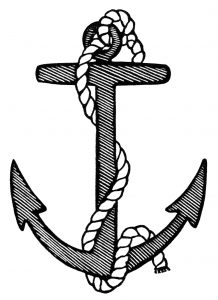

How we think and the way that we perceive information can have a powerful impact on our decisions. Often, the first piece of information we receive is what we will use for future reference when making decisions – and whether we feel those decisions are good or bad. This is referred to anchoring or anchoring bias and is very well described in Daniel Kahneman’s book, Thinking, Fast and Slow.
Let’s look at an example. Recently, I had a student ask me regarding his benefit package and starting salary he was offered from a potential employer. This student will finish a master’s degree in May and this will be the first “real” job the student will have out of school. Initially, the employer was talking to the student about project management and leadership opportunities. When it got down to brass tacks, the company was talking about a potential starting salary of approximately $140,000 annually. During this time another company was interviewing the student and was expecting to make an offer to him as well.
About a week later, the first company called the student and said they would like to offer him an entry level position starting at $90,000 annually. Initially, the student was dismayed and disappointed. How could they be talking just a week ago about $140,000 and then come back with an offer for $50,000 less? Needless to say his disappointment was evident when he was discussing his options with me. I told him that it can be tough to entertain an offer for $50,000 less than he was expecting when he was anchored to $140,000. In my head I was thinking, “Are you kidding me? You’re disappointed at ninety grand?”
Along with some other things, I mentioned to the student to think about job location, advancement and ultimately what would make him happy. He also mentioned that he was waiting to hear from the second company and that may impact his decision as well. It did.
A few days later I asked how thing were progressing and he said he had some wonderful news. He was smiling and couldn’t wait to talk until after class. When the time came, he said he had made a decision. He had chosen the first company. I was surprised. I was thinking surely the second company had come in with something bigger and better. As it turns out, the second company offered $20,000 lower than the first company. His anchoring point had changed.
















